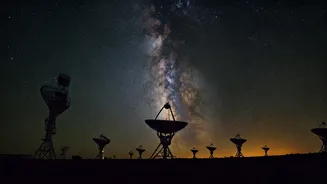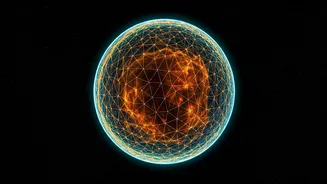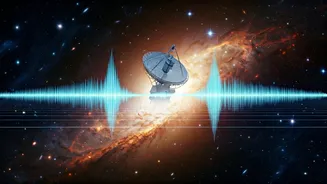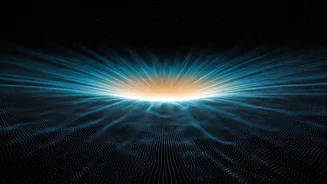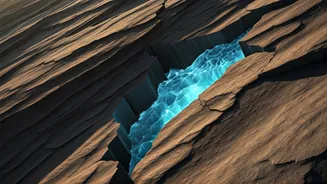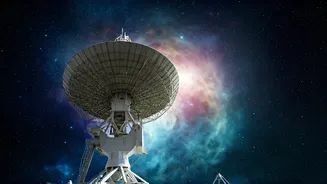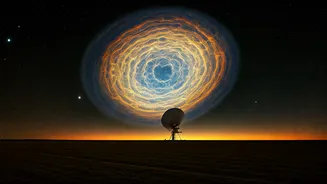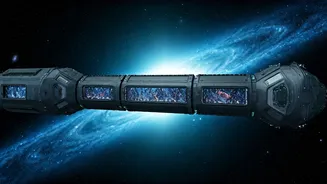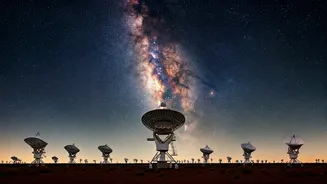Water's Ancient Journey
Scientists have made an extraordinary discovery regarding the asteroid Ryugu. Samples collected from this celestial body revealed that water had been flowing
within it for approximately one billion years. This discovery is pivotal because it offers a glimpse into the conditions that might have prevailed when our solar system was taking shape. The water's long presence suggests that the asteroid may have harbored the fundamental elements needed to support life. This has important implications for our comprehension of how water became distributed across the solar system and how it might have contributed to the emergence of life on Earth. The data collected from the Ryugu samples also aids in understanding the composition and evolution of asteroids, deepening our understanding of the early solar system. The discovery also sparks new questions about the specific processes and environments that facilitated water's endurance over such a lengthy period.
Early Universe Unveiled
In an incredible feat of scientific innovation, researchers have crafted the most detailed radio map of the early universe yet. The Murchison Widefield Array (MWA) was instrumental in this achievement, allowing scientists to study the universe's initial stages. This radio map enables scientists to view the structures and conditions of the universe's formative years with unparalleled clarity. This kind of resolution is crucial for investigating the epoch of reionization, a significant period in cosmic history when the first stars and galaxies formed. Researchers can now observe how the first galaxies and black holes came into existence and shaped the universe as we know it. The map also provides data on the distribution of matter and energy in the universe's initial phases, enabling a better understanding of the cosmos's evolution from the Big Bang. This endeavor not only marks a significant advancement in astrophysics but also provides an unprecedented opportunity to gain insight into the fundamental nature of the universe.


